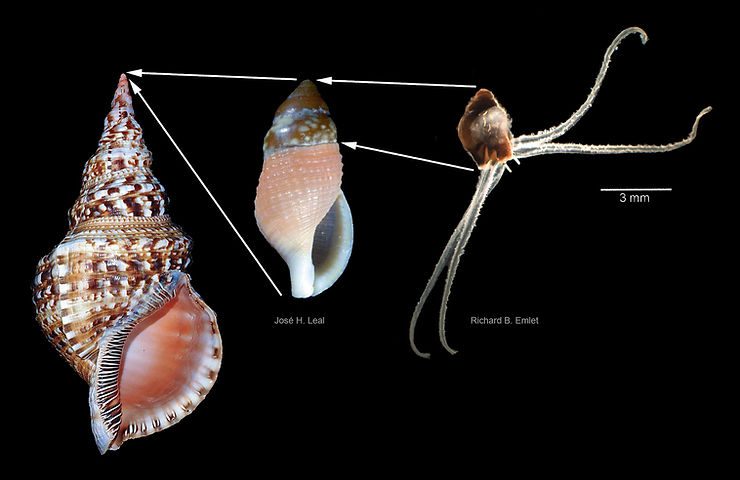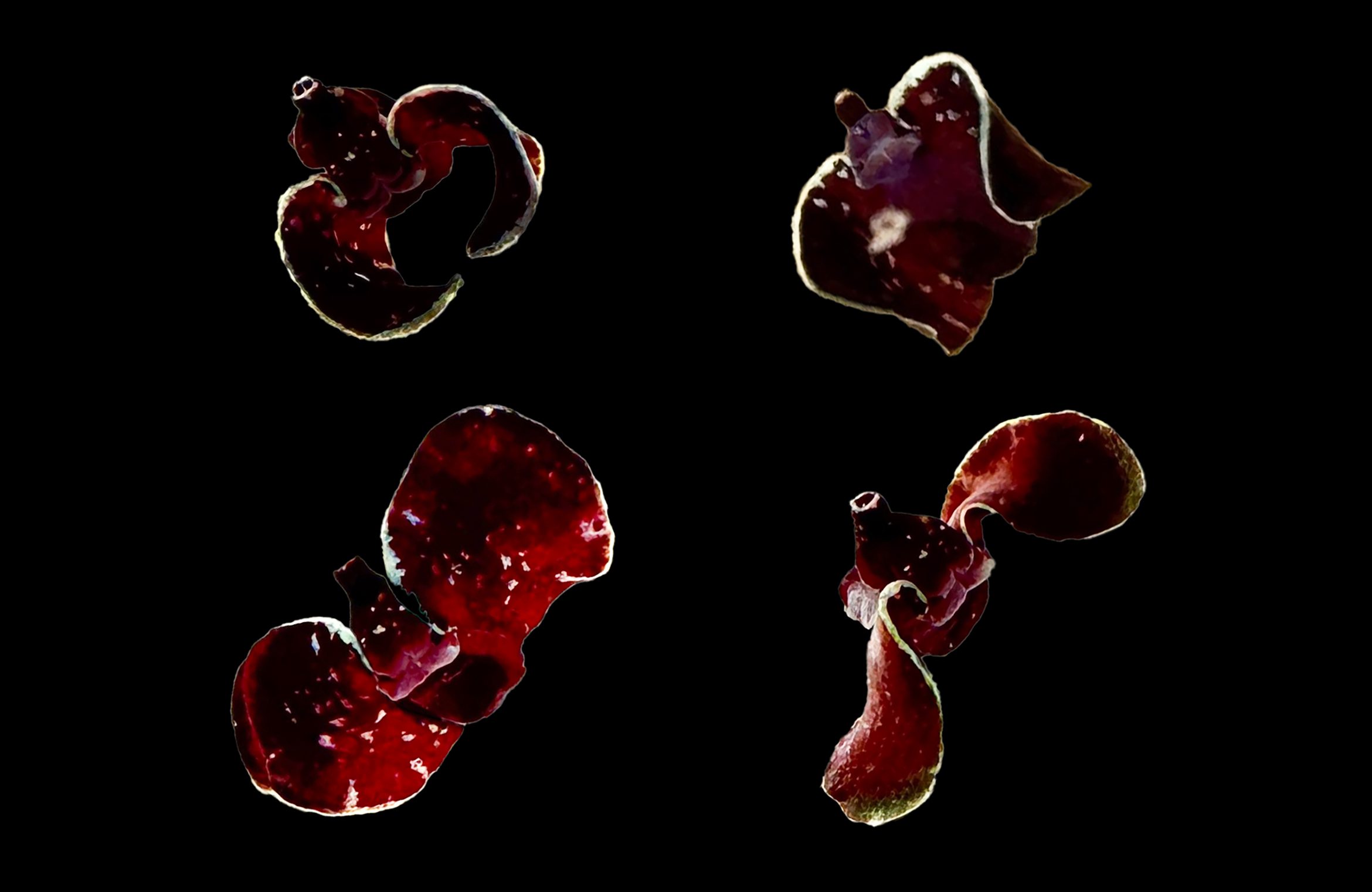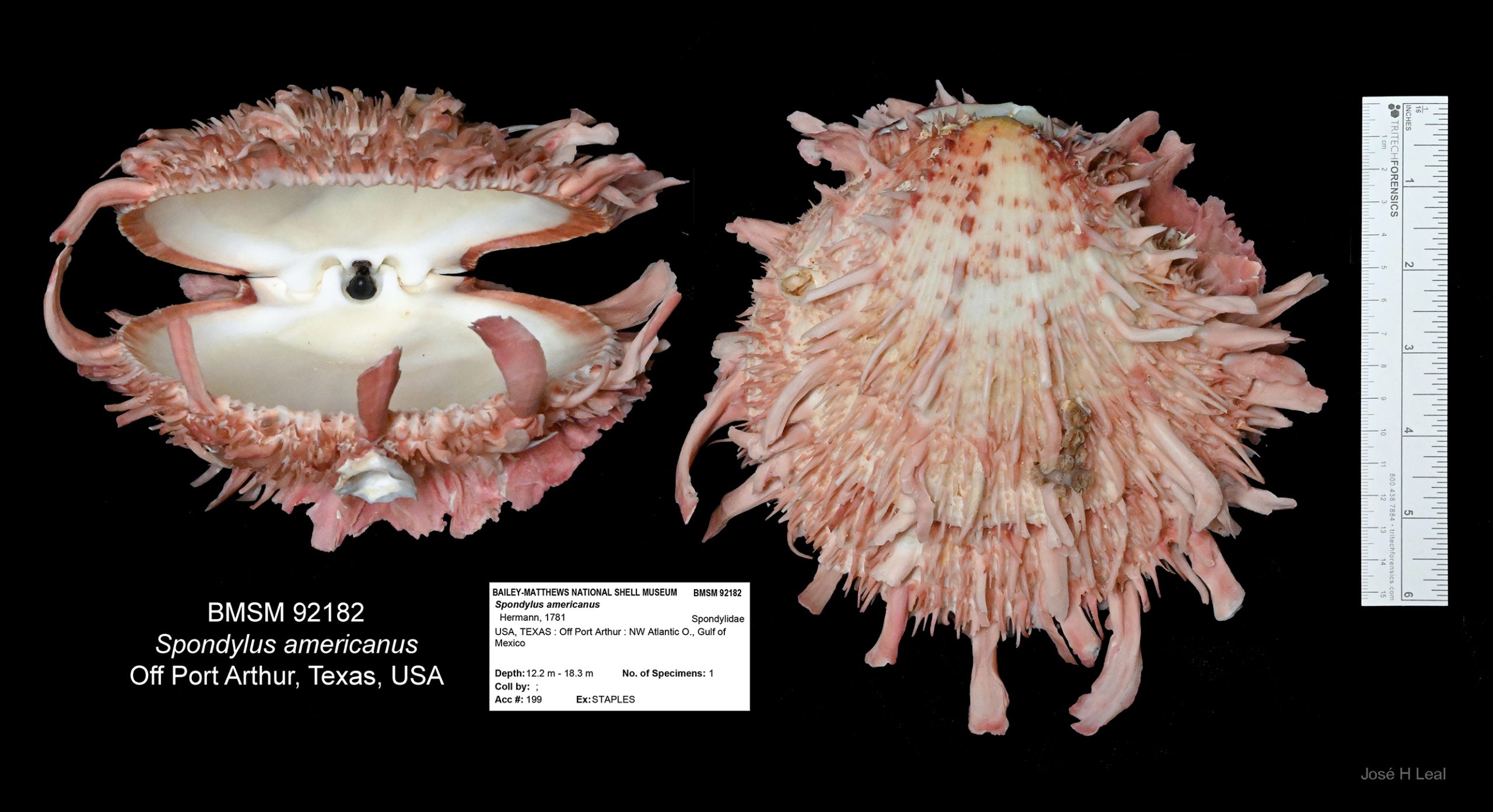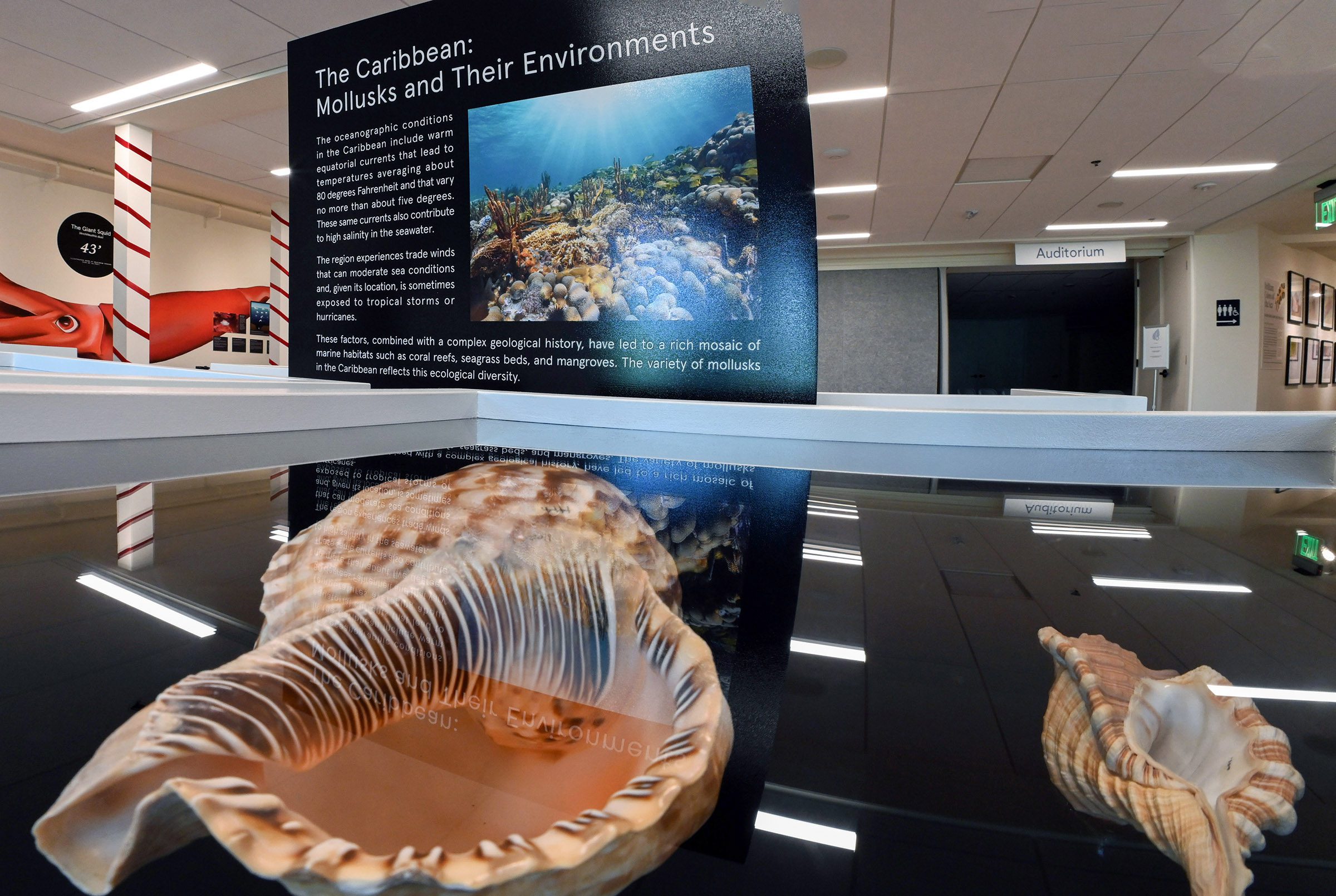Last Monday I posted “When the children look nothing like their famous parents” in the Museum’s social media: The original image showed two distinctive stages in the life of the Atlantic Triton Trumpet, Charonia variegata, a large marine snail that can be found offshore along the Caribbean, the Gulf of Mexico, east coast of Florida, and the Keys. The 10 mm (about 3/8-inch) juvenile shell, shown here in the top-middle, looks nothing like the 330 mm (about 13-inches), adult shell of the same species depicted on the left. In the juvenile shell, the brown part (on “top”), called the protoconch. The protoconch is the remainder of the shell made by the snail while living as a free-living, open-water larva that can be carried by ocean currents from one location to another. After reading the post, my colleague Doug Eernisse, from the University of California at Fullerton, suggested that it’d be cool to add an image of the actual larva. I found the image of a veliger-stage larva* in a recent paper by Richard B. Emlet**, with the prominent paired vela (singular velum) that assist with positioning in the water, at the same time bearing cilia that aid in food gathering by the larva. Now, we show three stages in the life of the Atlantic Trumpet Triton, and the children still don’t look anything like their famous parents!

*I rotated his image to facilitate the comparisons
**Read the paper here
#charoniavariegata #atlantictrumpettriton #veliger #planktotrophiclarva #charoniidae


